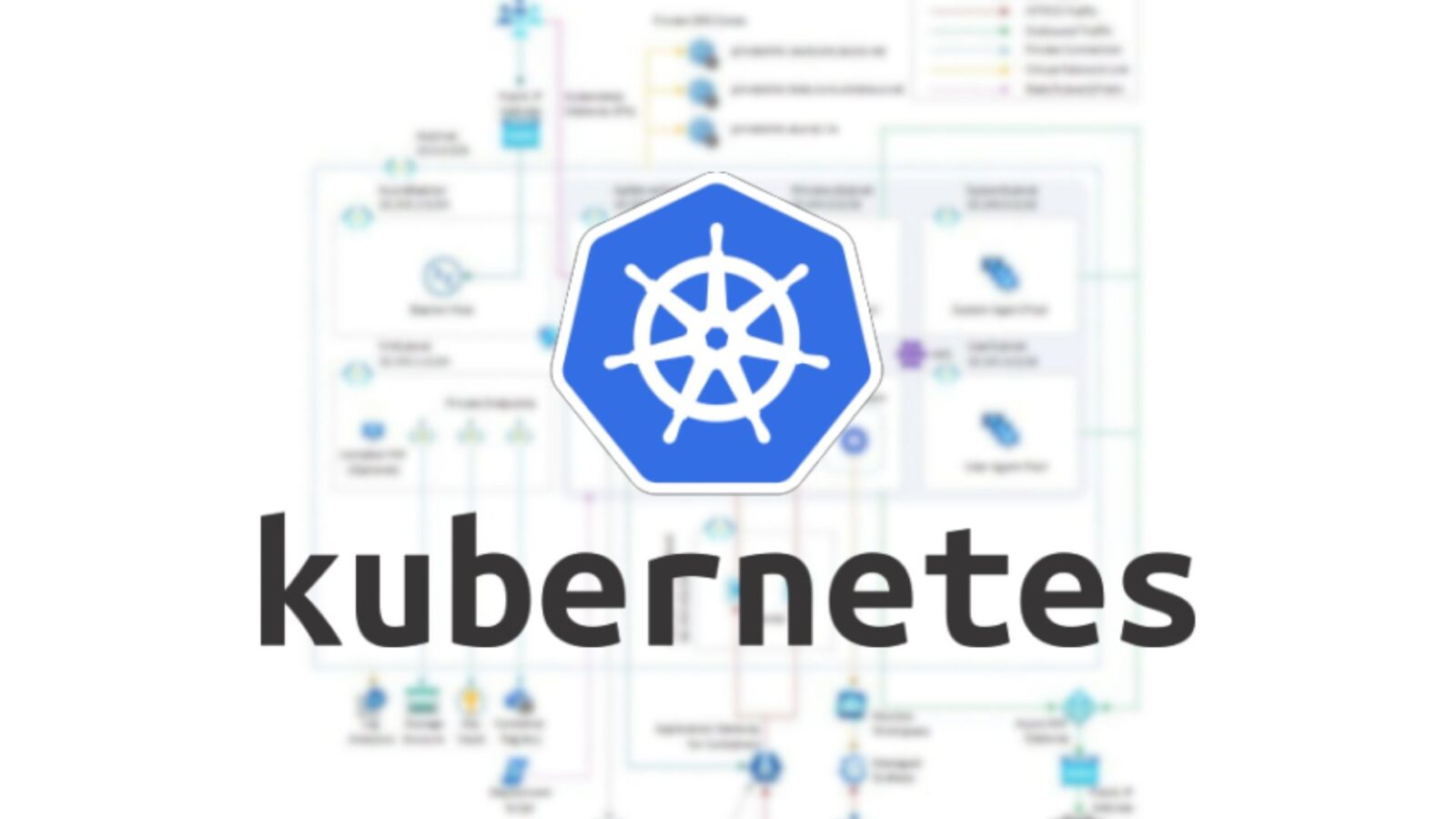Daftar Isi
Kubernetes has emerged as a game-changer. This open-source container orchestration platform has revolutionized how we deploy, manage, and scale applications. Let’s dive into the world of Kubernetes, its significance, and its impact on the tech revolution.
The Birth of Kubernetes
Origins and Google’s Influence
The story of Kubernetes began at Google. As a company that needed massive infrastructure to power its search engine and advertising services, Google faced the challenge of managing thousands of containers efficiently. Enter Borg, Google’s internal container orchestration system. Borg allowed Google to run workloads at scale, ensuring high availability, resource efficiency, and fault tolerance.
This idea was born out of the need to share this powerful technology with the world. In mid-2014, Google announced this initative as an open-source project. Its development drew heavily from Borg’s principles, and many top contributors had previously worked on Borg. The name “Kubernetes” itself is a nod to Star Trek’s ex-Borg character, Seven of Nine.
The Critical Role of Kubernetes in Modern Tech Ecosystems
Kubernetes has emerged as a pivotal force in the tech landscape, driving innovation and efficiency in software development and deployment. This powerful tool for orchestrating containerized applications has reshaped how organizations approach development, deployment, and scalability. Let’s delve into the reasons why this practice has become indispensable for businesses and developers alike.
Read More: Linux Gaming Revolution with Steam Deck
Why Kubernetes Matters?
Transforming Containerization and Consistency
At its core, this idea capitalizes on the concept of containerization. Containers bundle an application’s code along with its runtime, system tools, libraries, and configurations, ensuring that the application runs consistently across different computing environments. This consistency is crucial for developers working in diverse ecosystems, from Ubuntu to Windows, eliminating the “it works on my machine” problem. Kubernetes elevates this by providing a portable, lightweight, and isolated runtime environment for these containers, streamlining the development and deployment process.
Mastering the Art of Orchestrating Complexity
As modern applications evolve to become more complex, often comprising multiple services spread across a cluster of machines, this mindset steps in as the orchestrator. It automates the deployment, scaling, networking, and management of container-based applications, simplifying the handling of this complexity. Through Kubernetes, businesses can efficiently manage their applications, ensuring they are resilient, scalable, and easy to deploy.
Ensuring Scalability and Resilience
One of the standout features of Kubernetes is its ability to maintain high availability and fault tolerance. In the event of a container failure, this paradigm swiftly reallocates workloads to healthy nodes, significantly reducing downtime. Furthermore, it dynamically scales applications in response to fluctuations in demand by managing the number of containers. This adaptability is critical for businesses aiming to maintain seamless operations under varying loads.
Powering the Cloud-Native Revolution and Edge Computing
Kubernetes’ real-world impact is vast and varied. For instance, Tesla leverages this practice to manage its connected vehicle fleet, ensuring continuous operation and connectivity, even amidst hardware failures. This application underscores this practice’s role in facilitating edge computing, where it enables real-time data processing and analytics close to the data source. Additionally, this practice is a cornerstone of the cloud-native movement, allowing organizations to design and host scalable, flexible cloud platforms. It fosters data and workload mobility, facilitating seamless cloud migrations and multi-cloud strategies.
Mastering Kubernetes: A Comprehensive Guide for Beginners
Kubernetes, an open-source platform for automating the deployment, scaling, and management of containerized applications, has become a cornerstone of modern software development. To navigate and excel in the world of this new practice, it’s essential to build a strong foundation, experiment hands-on, and continuously engage with the community and advanced concepts.
Laying the Groundwork
The first step on your Kubernetes journey involves understanding the basics of containerization and microservices architecture. Tools like Docker play a crucial role in containerization, allowing applications and their dependencies to be packaged together. This encapsulation ensures consistent behavior across various computing environments. Microservices architecture further breaks down applications into smaller, independently deployable services, facilitating easier updates and scaling.
Setting Up a Kubernetes Environment
Experimentation begins with setting up your environment. Tools such as Minikube or Kubernetes-in-Docker (Kind) enable the creation of a local cluster, offering a sandbox for learning and testing. The kubectl command-line tool is indispensable for interacting with your cluster, providing direct access to its functionalities. For those looking to explore beyond a local setup, managed services by cloud providers like Google Kubernetes Engine (GKE), Amazon EKS, and Azure Kubernetes Service (AKS) offer robust environments to deploy and manage clusters at scale.
Grasping Core Concepts
A deep dive into this emerging concepts is next, with a focus on understanding Pods, Deployments, Services, and networking. Pods serve as the basic building blocks of Kubernetes, encapsulating one or more containers. Deployments manage these pods and their replicas, ensuring desired states are maintained. Services facilitate load balancing and application exposure, while Ingress Controllers manage external traffic routing. ConfigMaps and Secrets are also critical for handling configuration data securely.
Hands-On Learning and Exploration
To solidify your understanding, engaging in hands-on practice through tutorials and courses is vital. Official Kubernetes tutorials provide a practical introduction to creating clusters, deploying applications, and scaling. Platforms like Udemy, Coursera, or edX offer comprehensive courses, while resources like Red Hat’s Tutorials extend learning with real-world examples.
Advancing Your Knowledge
As you become more comfortable with the basics, exploring advanced topics like StatefulSets for managing stateful applications, Operators for custom application management, and Helm for package management will enhance your capabilities. These concepts allow for more sophisticated application deployment and management strategies within this idea.
Engaging with the Kubernetes Community
Finally, joining the community through meetups, conferences, and online forums like Stack Overflow or Kubernetes Slack channels is invaluable. Engaging with peers and experts provides insights, resolves queries, and fosters a learning environment. Contributing to open-source projects not only helps the community but also enriches your understanding and experience.
Embarking on your journey with a structured approach—starting with the basics, progressing through hands-on practice, and delving into advanced topics—will equip you with the knowledge and skills to harness the full potential of this new idea. Engaging with the vibrant Kubernetes community further enhances learning, ensuring you stay at the forefront of this ever-evolving platform.





























